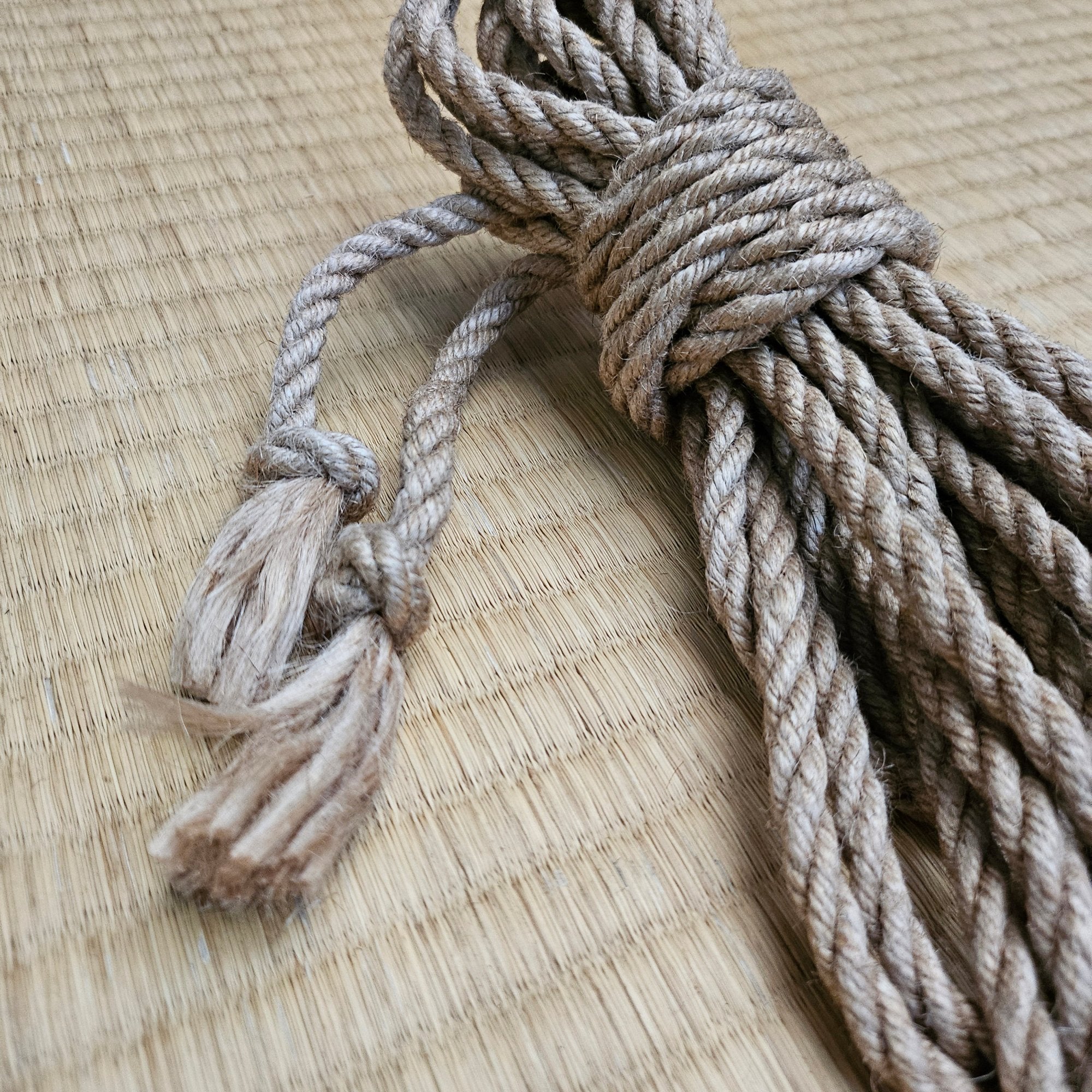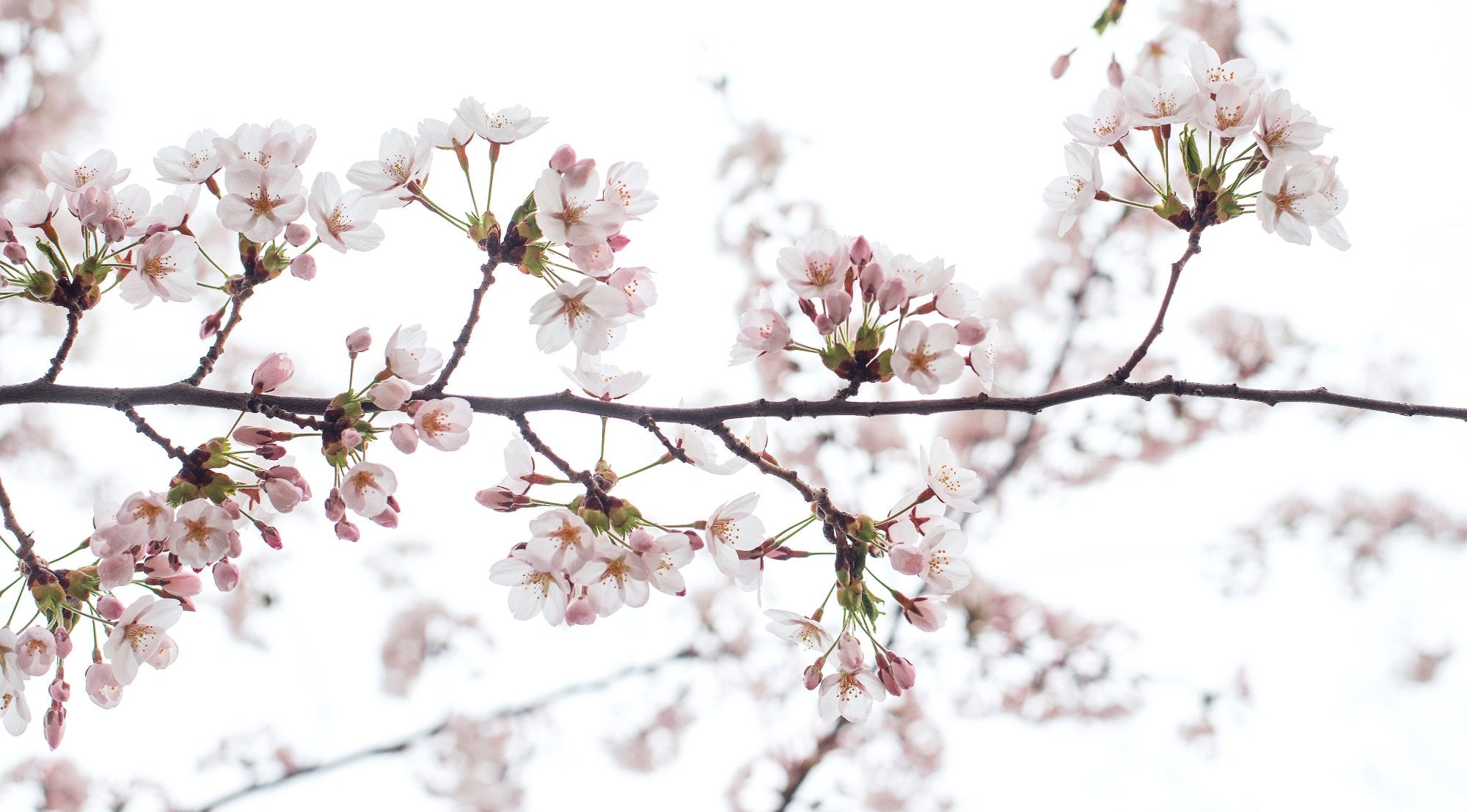Jute care - Breaking rope
The process I use to treat rope softens the rope prior to shipping, but a number of people recommend 'breaking in' Jute rope before using it.
Step three is actually...DON'T ARTIFICIALLY BREAK IN YOUR ROPE!
With use Jute rope becomes highly polished as it rubs against itself which causes the rope to loose fibres. With time bondage rope thins, and the risk of breakages increases. When rope has thinned to much it should be moved to floor use only, or retired.
Many people recommend break in rope by rubbing it against itself. This is not something I recommend as it damages the rope and makes it more likely that you will break your rope.
How people break rope
The method people recommend is is placing a rope over a carabiner, ring, or piece of bamboo then twisting the rope so that one rope is wrapped around another, and then pulling the rope back and forth to soften it.

This means that the rope is rubbing against itself like sandpaper.
If you try this on a small piece of scrap rope you will see that as you pull the rope back and forth rope fibres will come of the rope and it will thin. The picture below shows two half's of the same rope which hasn't been treated with with rope paste . Rope paste and oils help protect ropes from just this kind of friction, you really don't want to be artificially creating situations in which your rope is being placed under unnecessary friction. . The one on the right has been repeatedly broken on the same spot - as you can see the lay has become a lot loser and the rope has become thinner. 
The thickness of the rope before it was broken was 6mm:

After repeatedly breaking the rope it is 4.36mm!!


Tails
Can be used to refer to either the end of the rope or specifically the small section of rope after the knot

Ushirode Gasshō Shibari 後ろ手合掌縛り
'hands behind the back praying tie' or as it is more commonly known 'reverse prayer'. This term is used for any tie that binds the hands in a prayer position behind the back, where this is part of gote the term Gote Gasshō Shibari 後手合掌縛り - tends to be used.




